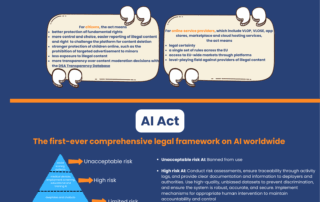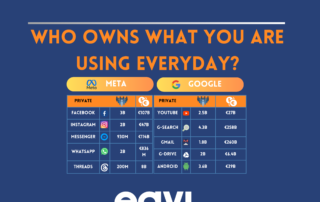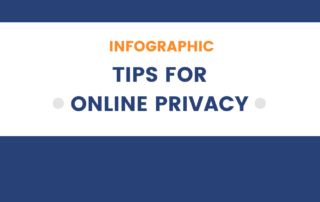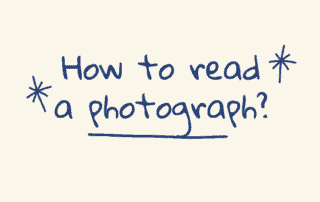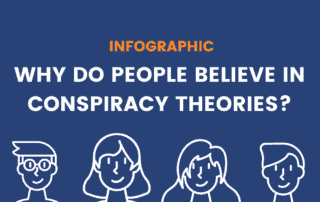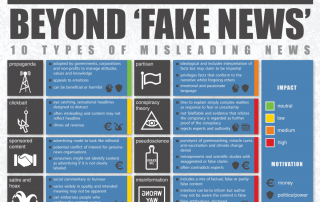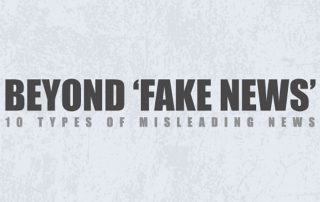Online privacy: Tips
Online privacy refers to how much of your personal, financial and browsing information remain private while you are online. Our privacy in the online world is as significant as our privacy in the offline one. For example, we would never share our bank account details, passwords, personal details, and home address with people we do not know. But, then, why share all these online? Even though it is significant, it may seem hard sometimes to stay safe and secure online, especially when it comes to social media networks. How can you securely share your [...]
How to read a photograph?
Misleading content, as a form of disinformation, can be found everywhere and can have different forms, from titles to whole texts and images to videos. Visual content, especially misleading images, play a role in our online activities and can be generated for various reasons. We can even find them in social media with special effects and editing software or even in random articles. They are a part of our new online reality, and in most cases, they tend to alter our perceptions about reality, harm our well-being and our role in societies. But how [...]
Why do people believe in conspiracy theories?
Conspiracy theories aren't something new. They have existed since the beginning of mankind and are part of every modern society. What changed is that in the last few years they have become a popular topic of discussion. So what are conspiracy theories, who do they affect and why do people still believe in them? Learn more in the new infographic that was created by EAVI. Download the infographic
Let’s talk about media literacy!
What is media literacy? Why is it significant? And how individuals and broader societies can benefit through media literacy? This infographic aims to provide the most significant points of media literacy, its goal and its benefits in a concise way. It is suitable for everyone interested in exploring more about media literacy. Download the infographic
Infographic: Beyond Fake News – 10 Types of Misleading News – 17 Languages and counting
Did you know that our infographic has been translated into 17 languages since it was created a few years ago? According to the Digital Economy and Society Index Report 2020 released by the European Commission this month, Internet use continued to increase year-on-year with 85% of Europeans surfing the internet at least once per week in 2019 (up from 75% in 2014). This increased level of Internet use is also likely to be sustained by the coronavirus pandemic as people's movements are restricted and are spending more time at home. In the meantime, disinformation [...]
Beyond The Headlines – The Online News Verification Game
Beyond The Headlines is EAVI's online news verification game. We developed it with the help of some of EAVI's individual members and have tested it at our Beyond Fake News workshop at ECAS with a great response.
Infographic: Beyond Fake News – 10 Types of Misleading News – Seventeen Languages
Introducing our new infographic 'Beyond Fake News' and some resources to use it with.
Press Release: European Parliament Votes for Media Literacy
EAVI is pleased to announce that, following its long and tireless medial literacy for Citizenship Campaign, media literacy measures have been adopted by the European Parliament’s Committee for Culture and Education to put media literacy back into the Audiovisual Media Services Directive (AVMSD).

